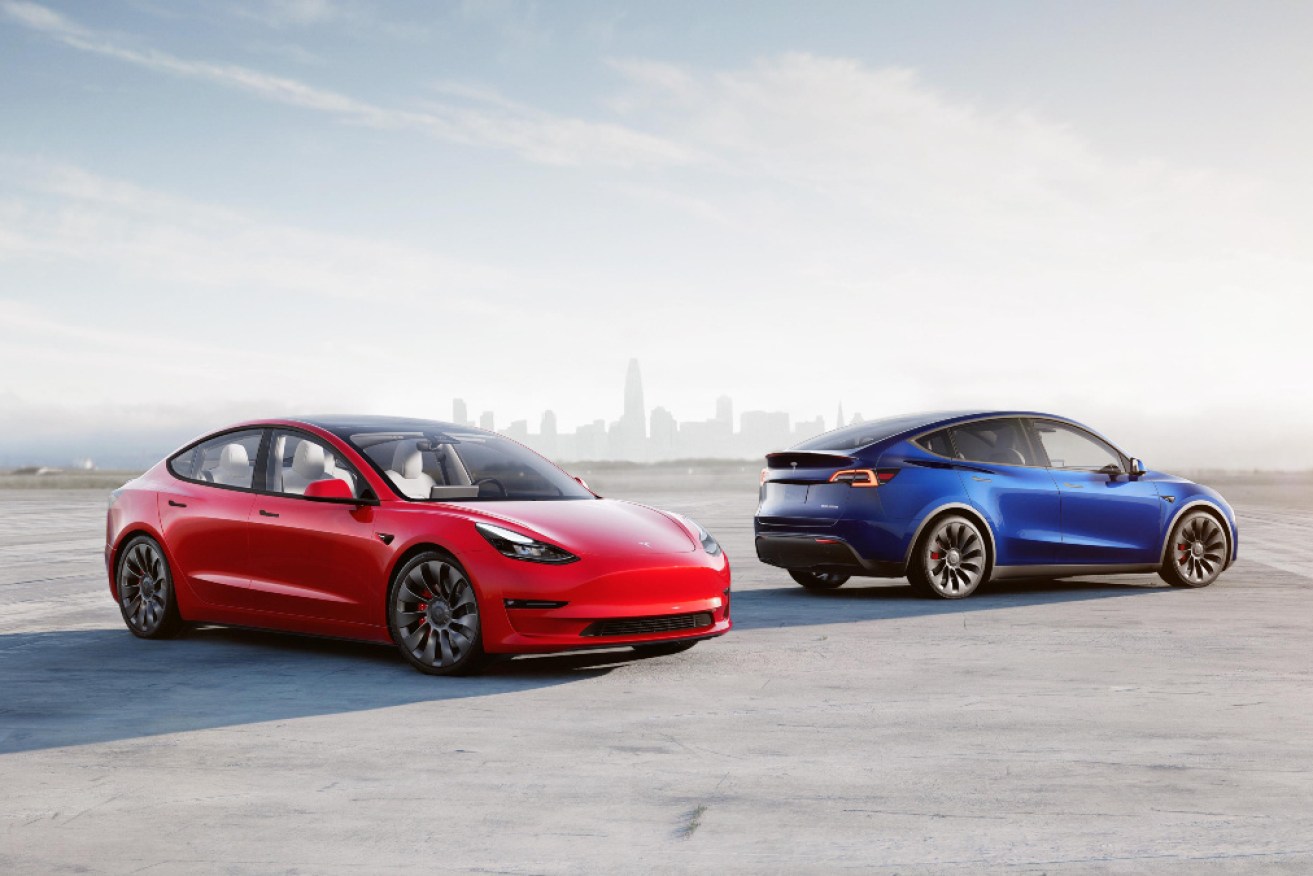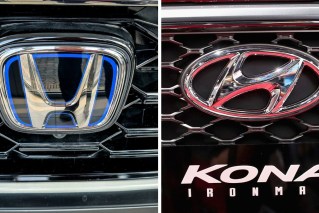How much can you really save with an electric vehicle?


The upfront cost of buying an EV is the biggest barrier to new customers. Photo: Tesla
High petrol prices are driving more motorists to consider an electric vehicle (EV). But do they really stack up for savings – and can buyers trim the cost?
EVs are high on the wish lists of Australian motorists.
Westpac research shows 70 per cent of Australians plan to own a hybrid or EV in the future.
The appeal goes beyond environmental concerns.
Westpac found fuel savings (78 per cent), and lower running costs (69 per cent) are the main motivators to switch to a hybrid or EV[2]. Reduced carbon emissions (60 per cent) ranked third.
The ongoing savings on EVs can certainly be impressive.
Transport NSW says EVs can cut fuels costs by up to 70 per cent.
Servicing can be cheaper, too. Australia’s Electronic Vehicle Council explains that fewer moving parts means less can go wrong, with annual maintenance savings estimated to be worth $300-400 annually.
A key speed hump for many motorists is likely to be the upfront cost of an EV.
One of the cheapest all-electric vehicles on the market is the MG ZS EV, priced from $46,990 driveaway. An equivalent petrol-powered mid-sized SUV, Mazda’s CX-5 is priced from about $36,250.
The price gap is closing, though. NRMA says price parity between EVs and petrol-powered vehicles could be achieved by about 2024.
In the meantime, state governments offer a range of financial incentives designed to make EVs more affordable.
Lenders are also coming on board with low-rate loans pitched specifically at EVs.
Westpac has just announced a new car loan offer with a fixed interest rate of 4.99 per cent on eligible hybrid or electric vehicle purchases up to $100,000.
Loans.com.au has a 3.14 per cent rate on its Green Car Loan for low-emission vehicles.
Move Bank and Community First Credit Union both offer green car loans with a rate of 3.99 per cent.
These sweeteners can help motorists trim the cost of an EV, but it is worth keeping two hidden expenses in mind.
Elon Musk may have famously claimed a Tesla is an appreciating asset. But data from Redbook suggests otherwise.
A 2017 Tesla Model S 90D Auto AWD, for instance, originally cost about $161,000. Five years later it could be worth half that, at $81,400.
In addition, as EV ownership rises, state governments are looking at ways to recoup lost fuel excise revenue.
In Victoria, EV owners already pay a road user charge (RUC) of 2.5 cents per kilometre.
The NSW government will introduce an equivalent RUC from July 1, 2027, or when EVs reach 30 per cent of new vehicle sales, whichever comes first.









